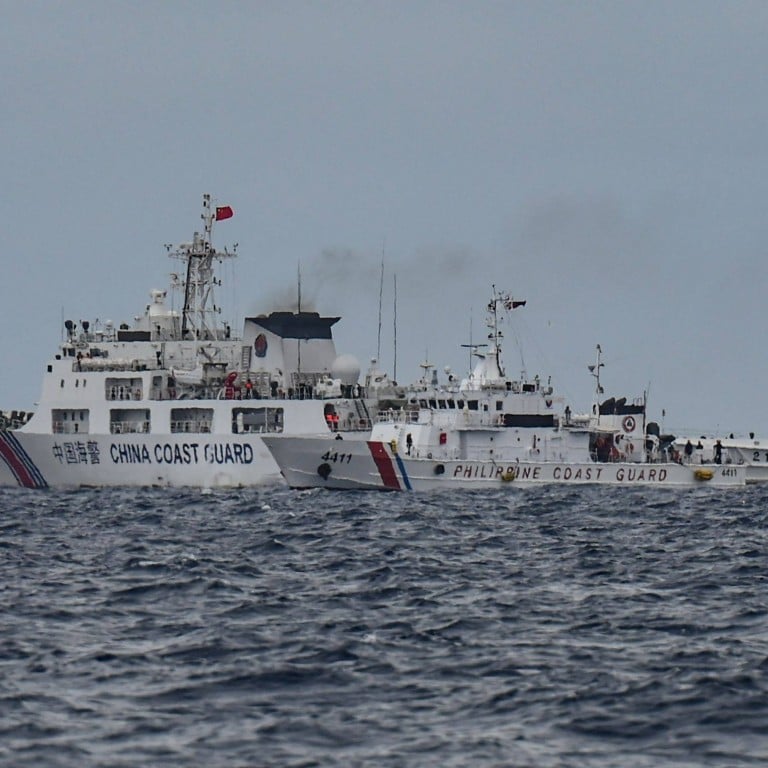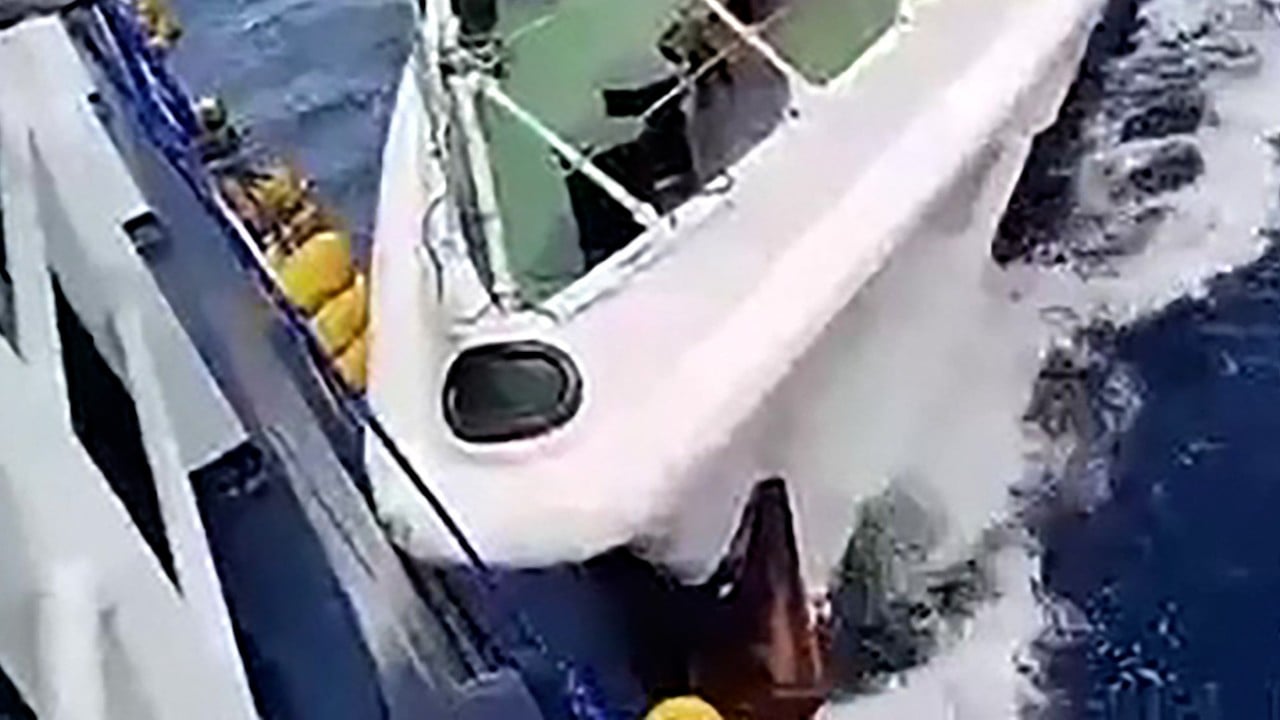
South China Sea: when should Philippines invoke its US Mutual Defence Treaty?
Rising tensions are forcing Manila to weigh invoking the treaty, but analysts warn it’s ‘not like a light switch that you turn on and off’
In the aftermath, the US State Department issued a statement reminding Beijing “that Article IV of the 1951 US-Philippines Mutual Defence Treaty extends to armed attacks on Philippine armed forces, public vessels, or aircraft – including those of its coastguard – anywhere in the South China Sea”.
Adding to the tension, Samuel Paparo, commander of the US Indo-Pacific Command, suggested on Tuesday that US ships could escort Philippine vessels on resupply missions in the South China Sea, calling it an “entirely reasonable option” that would still require consultation between the allies.
The US has previously said it “will do what is necessary” to support Philippines resupply missions.
Yet, Philippine military chief Romeo Brawner remains resolute in pursuing an independent path. “While we can do it by ourselves, we will do it,” he said.

Monday’s collision and other recent clashes – such as the alleged disabling of a Philippine fisheries vessel by the Chinese coastguard on Sunday – were “serious and concerning”, said geopolitical analyst Matteo Piasentini.
“The Philippines referred to the incident as ‘dangerous manoeuvring’, which doesn’t necessarily meet the definition of an ‘attack’ under the … treaty,” Piasentini, a lecturer at the University of the Philippines’ political science department, told This Week in Asia.
“The Philippines must be allowed to be trained in combined fires, interdiction, intelligence, surveillance, reconnaissance” and missile detection capabilities to ensure it “can use these for conventional deterrence … [or in] a fight against Chinese missile strikes,” Espeña said.
The Philippines’ national maritime council has urged China to “return to the path of constructive dialogue” and said Manila would continue pursuing diplomatic resolutions to disputes in the South China Sea.

Meanwhile, Defence Secretary Gilberto Teodoro condemned China’s actions as “patently illegal”, emphasising that the country needed to “expect this kind of behaviour from China because this is a struggle”.
When asked if Sunday’s incident would trigger the activation of the treaty, Teodoro cautioned against premature action, stating that deterring an armed attack is the priority for the Philippines.
Espeña said observers urging Manila to invoke the MDT must allow the country “enough legroom to creatively adjust to the darker shade of Chinese grey zone operations while working with its allies and partners on the necessary logistical systems to array its forces in the maritime Game of Thrones”.
Grey zone tactics refer to those used by countries to assert or reinforce their claims without crossing a threshold that would lead to open warfare.

Don McLain Gill, geopolitical analyst and lecturer at De La Salle University’s international studies department, said the MDT “is not like a light switch that you turn on and off”.
“If you look into the wording of the treaty, it highlights a particular provision for enhanced consultation at a time of an armed attack,” he told This Week in Asia. “It’s about ensuring that consultations are in place to decide what could be done between the Philippine-US alliance.”
“These methods of coercion are not entirely new,” Piasentini said.
Gill described China’s strategy against the Philippines as “cabbage tactics” – or militarily overwhelming an adversary – and predicted that Sabina Shoal would become “Scarborough 2.0”, in reference to another disputed shoal.
However, he commended the Philippine coastguard for proactively positioning the BRP Teresa Magbanua to counteract Chinese pressure, and ensuring it has enough vessels to monitor the area.
Espeña added that China’s intensified focus on Sabina Shoal aligns with its area denial strategy.
“Sabina Shoal is near the Second Thomas Shoal, where the BRP Sierra Madre is nearby to assert Philippine sovereign rights in this part of the West Philippine Sea,” he said, referring to Manila’s term for its exclusive economic zone.
“Open sources also indicate that the Chinese have damaged the reefs in Sabina, which goes to show their intent to create a dual-use infrastructure to sustain their base of operations at sea coupled with anti-ship coastal guns.”
Gill expressed hope for a “more robust response, particularly in the maritime domain”, stressing that the Philippines needs to plan effectively with close partners, especially Japan, to ensure that China feels the consequences of its actions.
Additional reporting by Reuters


